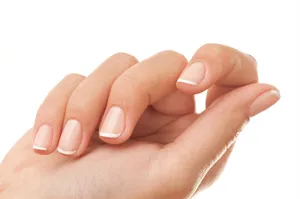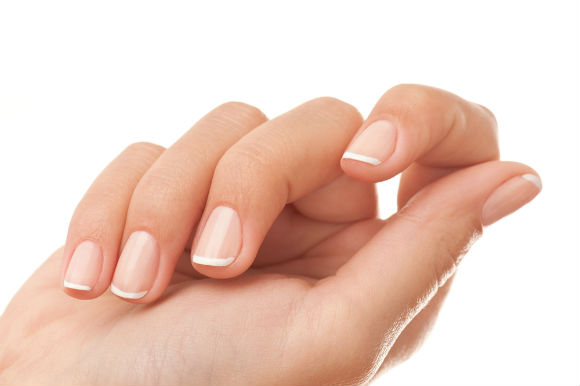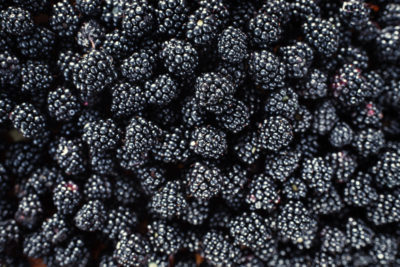
In fact, sudden imperfections or alterations to the surface or shape of your fingernails—such as breakages, discoloration, ridges, peeling, and dry nails—can actually indicate serious health conditions.
For instance, a perfectly healthy person will typically have consistently colored nails with a smooth surface. However, if nails yellow, it can be an indication of bacterial infection, lung disease, psoriasis, diabetes, or even a build-up of lymphatic fluid in tissues. Keep in mind that a natural yellowing of the nails will naturally appear as we age.
Same goes for those little white spots you can develop on the surface of your nails. Horizontal white line patterns might suggest arsenic poisoning—while complete whitening of nails will often signal cirrhosis of the liver. In the same vein, nails with a white/pink combo coloration may point to kidney issues or even serious kidney failure. Mind you, oftentimes white spots develop when a nail is banged or injured so it’s not always a cause for concern.
Brown or black spots beneath the nails often occur if you slam your fingertips in a drawer or car door. The dark spot is often a bruise beneath the nail in this case. However, brown or black spots that don’t grow out as your nails grow could indicate something more serious. It could actually be a tumor or dangerous mole forming beneath the nail and it should be examined by a doctor immediately.
Brittle nails often occur during the winter or in dry temperatures with reduced moisture in the air. However, nails that develop pitted surfaces and ridges can indicate skin conditions like psoriasis or a fungal infection. And nails that grow out spoon-shaped (or concave with scooped tips) can point to an iron deficiency.
Source: Canada.com



